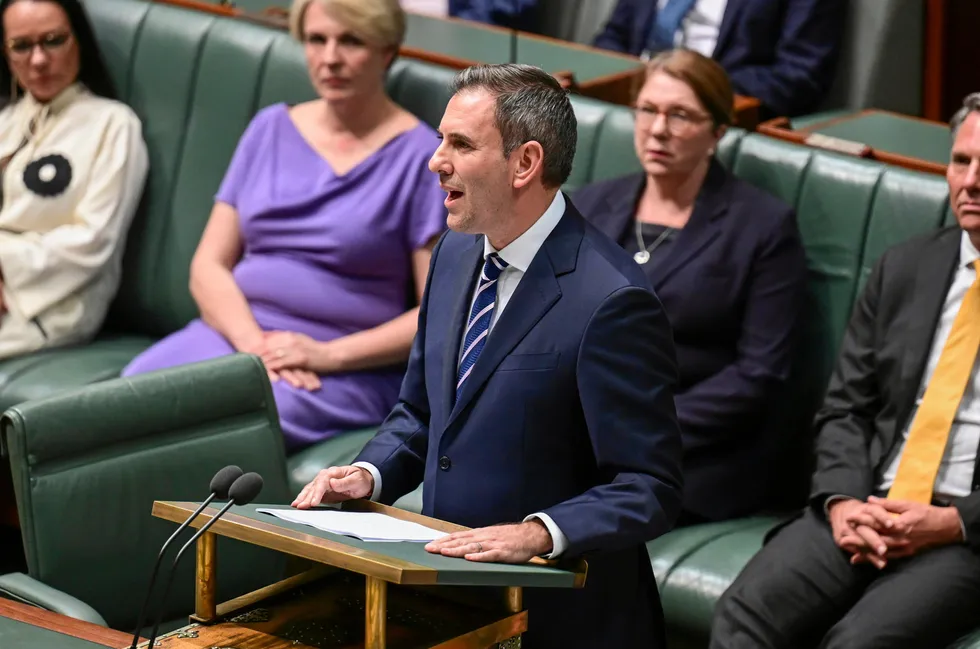Australia commits $1.35bn to subsidise green hydrogen production in bid to become world-leading H2 exporter
Federal budget includes A$2bn for new Hydrogen Headstart programme 'to bridge the commercial gap for early-stage projects'

Federal budget includes A$2bn for new Hydrogen Headstart programme 'to bridge the commercial gap for early-stage projects'
